Market Share
Polyaryletherketone Market Share Analysis
In the Polyaryletherketone (PAEK) Market, companies employ diverse strategies to establish and enhance their market share. Here's a breakdown of key positioning strategies:
Product Innovation and Differentiation:
Companies strive to differentiate their PAEK products by offering unique formulations with specific properties such as high temperature resistance, chemical resistance, mechanical strength, or electrical insulation.
Developing specialized grades or blends tailored to different applications such as aerospace, automotive, oil and gas, medical devices, or electronics.
Introducing innovative additives or modifiers to enhance performance characteristics and meet evolving customer requirements for lightweighting, durability, and sustainability.
Market Segmentation:
Segmenting the market based on end-use industries, including aerospace, automotive, electronics, healthcare, and industrial applications, to better target customer needs.
Tailoring marketing strategies and product offerings to address the distinct requirements of different market segments, such as offering high-performance PAEK grades for aerospace components or biocompatible PAEK for medical implants.
Developing customized solutions for niche markets or specialized applications, such as PAEK compounds with specific mechanical properties for 3D printing or high-temperature coatings.
Brand Positioning:
Building a strong brand reputation by emphasizing factors such as product quality, reliability, technical expertise, and customer support.
Investing in marketing initiatives to raise brand awareness and differentiate from competitors, including advertising campaigns, participation in industry events, and digital marketing efforts.
Establishing partnerships with key industry players, research institutions, and certification bodies to enhance brand credibility and trust among customers and stakeholders.
Cost Leadership:
Striving to achieve cost leadership by optimizing production processes, sourcing raw materials efficiently, and minimizing operational expenses.
Offering competitive pricing strategies to attract price-sensitive customers while maintaining profitability through economies of scale, supply chain efficiencies, and cost-effective formulations.
Providing value-added services such as technical support, material testing, and application assistance to justify premium pricing and differentiate from low-cost competitors.
Technological Innovation:
Investing in research and development to innovate and improve PAEK properties, manufacturing processes, and application techniques.
Leveraging advancements in polymer chemistry, compounding technology, and processing equipment to develop novel PAEK grades with enhanced performance attributes such as thermal stability, dimensional stability, and flame retardancy.
Collaborating with customers, suppliers, and research institutions to stay at the forefront of technological advancements and address emerging market trends, regulatory requirements, and sustainability challenges.
Environmental Sustainability:
Responding to growing consumer and regulatory demands for sustainable and eco-friendly products by developing bio-based, recyclable, and low-emission PAEK formulations.
Investing in sustainable manufacturing practices such as energy efficiency, waste reduction, and water conservation to minimize environmental footprint and enhance corporate social responsibility.
Communicating sustainability initiatives and certifications to customers and stakeholders to enhance brand reputation, build trust, and capture market share in the growing green materials market.

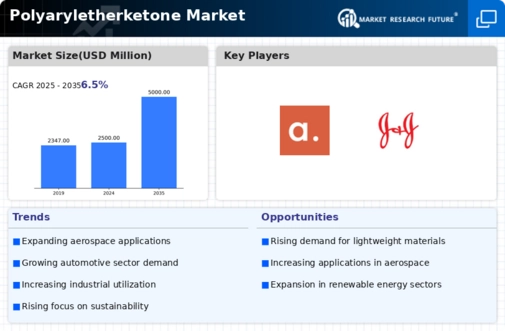

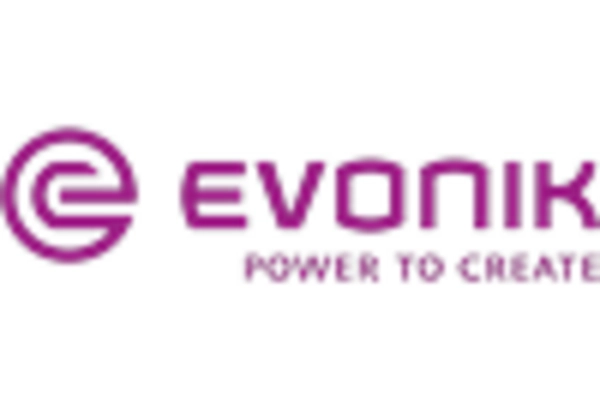
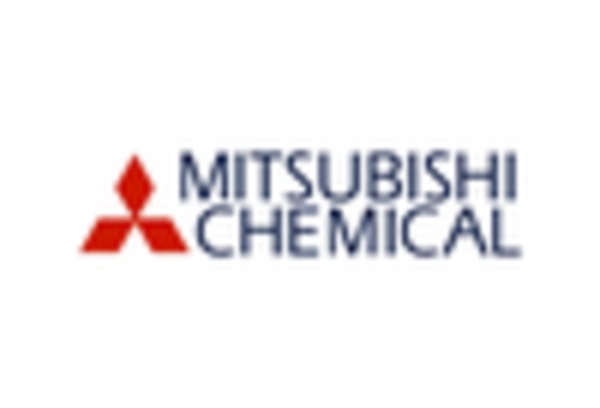
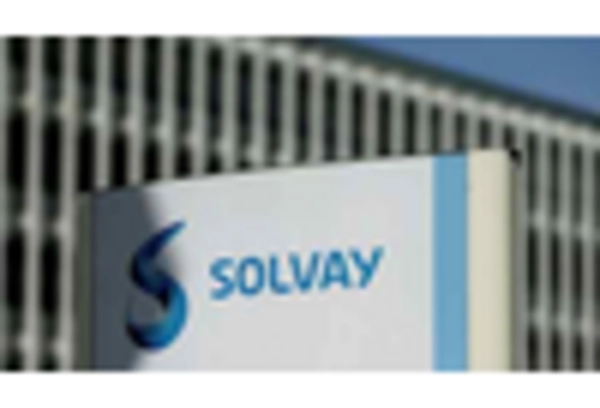
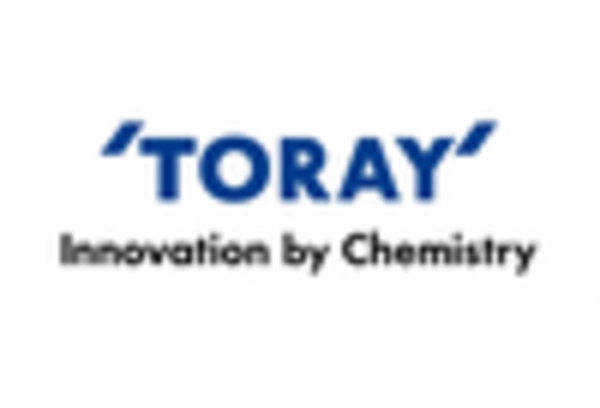
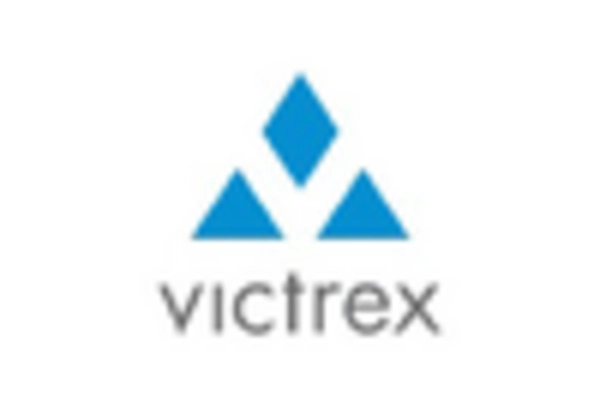









Leave a Comment